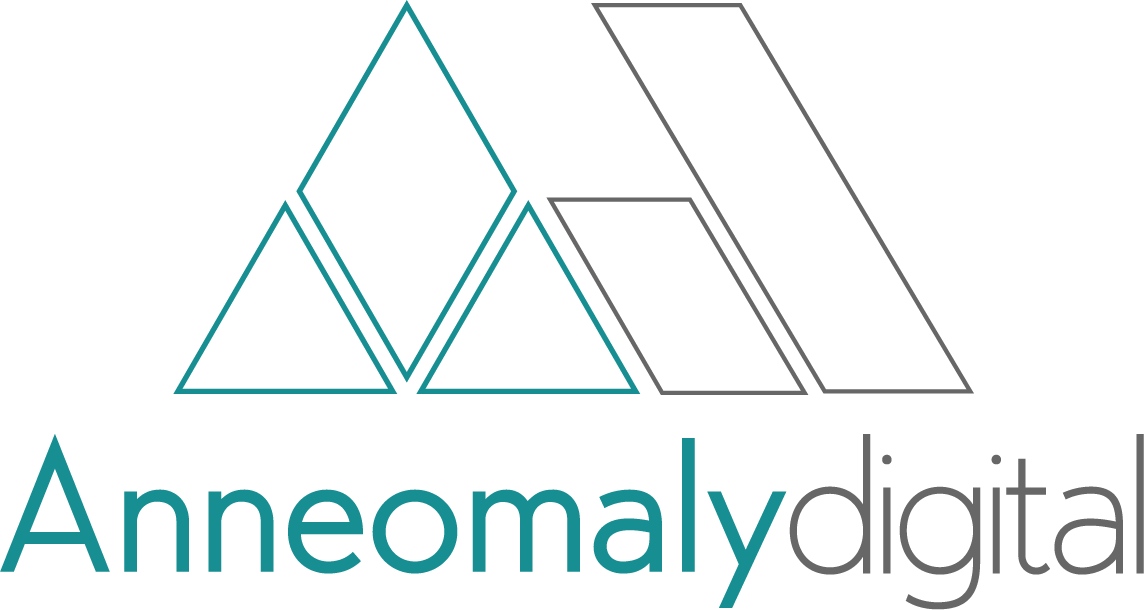Infographics: Creating Visual Communications
Most people have a propensity for content that is served visually, hence the popularity of social media that involves graphics, photos and videos. Infographics, (one form of visual communication), are a great way to convey thoughts, ideas, and information in a highly visual way that your readership can understand and appreciate. Also, infographics are a great way to create shareable content. Shareable content is content that is of high interest to your target audience and will likely get shared; therefore, it will build brand awareness and hopefully convert viewers-to followers-to customers. Here are some quick tips for creating a successful infographic!
Its All In The Content
To ensure that your infographic gets the attention it deserves, it has to have great content. Great content is information/data/ideas that your target audience is looking for, so think specifically about what your loyal and future brand lovers would want to know about you, your industry, your products and services. For example, if you are a massage therapist appealing to people who are considering utilizing your services, you might want to show data that demonstrates the number of people who get massages and how many of them have experienced physical and mental health improvements.
Smoothness Matters
An effective or good high-performing infographic is like a fine wine or scotch, smooth! The ideas need to flow seamlessly from one image/idea/thought to the next. If the audience has to wonder where to go or how the information connects, your infographic won’t have the appeal nor the effect you were desiring.
K.I.S.S.
Great infographics aren’t too complex in content - they Keep It Simple Silly. While an infographic can help to make complex information more digestible, it can also easily overburden your audience’s brain. When it does that, the infographic is a bust! So, keep it simple and keep it focused on a single message (make ANOTHER infographic about the other message that your audience needs to hear).
Solid Design
Make sure the design is simple and pleasing to the eye. It should have fonts that are easy to read (use one font for the heading, one for the main message, and a third to add some spice to your infographic); an appealing design concept (focused on interest, readability, and pleasure), color theory that matches the content and appeals to your target audience (primary colors are attention getters), and balance between positive/negative (a.k.a. white) space to increase readability (a cluttered infographic doesn’t make for easy digestion).
Delectable Headlines
Your content is only as good as the headline that get your target audience to tune-in to the message. Use minimal but concise wording. Consider that your headline is a teaser, it gets people interested in the content without giving away the punchline.
Channel Your Inner Santa
Make sure data and information that you present your audience are factual and reliable. There is nothing as damaging to a brand’s reputation than misinformation. Be like Santa and check your statistics twice. Also, check your sources and make sure they are reliable as well, and then give credit where credit is due.
Tools!
Utilizing online graphic design tools can help even the those self-proclaimed “non” artists create visual communications that are impactful. Check out Canva, Piktochart, Visme, Venngage, and many more. Many of them offer tips and tricks and even webinars that will allow you to quickly utilize the tools available to make your infographic fantastic.
Do you research and check out the many infographics you receive in your inbox, and then give your own infographic a go. Choose a simple concept, plan the main message, determine simple visuals that will get the message across, create it using a design tool, and get sharing your first infographic on your social media.
